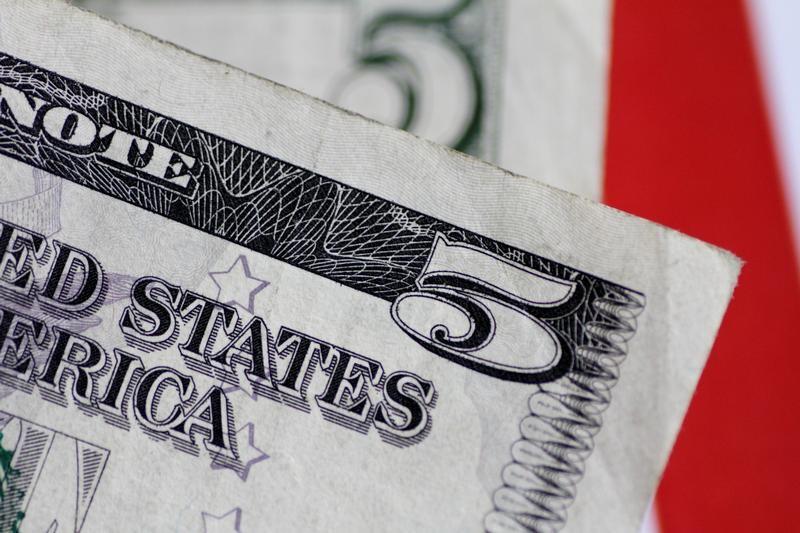
The dollar skidded to a six-week low versus the yen on Tuesday, its outlook clouded by U.S. political turmoil and doubts over whether there will be another Federal Reserve rate hike this year.
SINGAPORE (Reuters) – The dollar skidded to a six-week low versus the yen on Tuesday, its outlook clouded by U.S. political turmoil and doubts over whether there will be another Federal Reserve rate hike this year.
The dollar slipped to a low of 110.005 yen at one point, its lowest level since June 15. The greenback was last trading at 110.20 yen, down about 0.1 percent on the day.
While the dollar could bounce back to levels around 111.50 yen if forthcoming U.S. economic data is strong, a rise to levels beyond 112 yen seems unlikely in the near term, said Teppei Ino, an analyst for Bank of Tokyo-Mitsubishi UFJ in Singapore.
“The risk seems to be toward the downside in the dollar against the yen,” Ino added.
This is partly because the yen could gain a lift if speculators buy back the yen after having recently ramped up their bearish bets against the Japanese currency, he said. [IMM/FX]
Market participants said dollar-buying interest among Japanese investors at levels around 110 yen was helping to limit the dollar’s drop for now.
Uncertainty on the U.S. political front was seen as weighing on the greenback, after President Donald Trump ousted recently hired White House communications chief Anthony Scaramucci on Monday.
Declining expectations that Trump will be able to get plans for tax reforms and infrastructure spending through Congress have weakened expectations for U.S. growth and inflation, putting pressure on the dollar.
The dollar index , which measures the greenback’s value against a basket of six major currencies, slid 2.9 percent in July.
The index’s trough of 92.784 on Monday was its lowest since early May 2016. It last stood at 92.877.
July’s drop marked its fifth consecutive monthly decline, the longest such stretch since the December 2010 through April 2011.
The euro eased 0.1 percent to $1.1830, slipping back slightly after setting a 2-1/2 year high of $1.1846 in early Asian trade on Tuesday.
Traders might trim their bullish bets on the euro for now and look for chances to buy the euro on dips, as they look to U.S. economic data this week for fresh clues on the dollar’s overall direction, said Stephen Innes, head of trading in Asia-Pacific for OANDA in Singapore.
“I don’t think they are going to change their overall bias that the euro is going to be higher,” Innes added.
U.S. economic data this week include the jobs report on Friday. Investors will also focus on the core personal consumption expenditures (PCE) price index due later on Tuesday.
The Australian dollar rose to as high as $0.8043 earlier on Tuesday, after a private survey showed that growth in China’s manufacturing quickened in July.
That brought the Aussie dollar back near last week’s high of $0.8066, its strongest level in more than two years.
The Australian dollar last stood at $0.8024, up 0.3 percent on the day, showing resilience after Australia’s central bank kept interest rates unchanged at 1.5 percent, as widely expected.
 0 comments
0 comments





